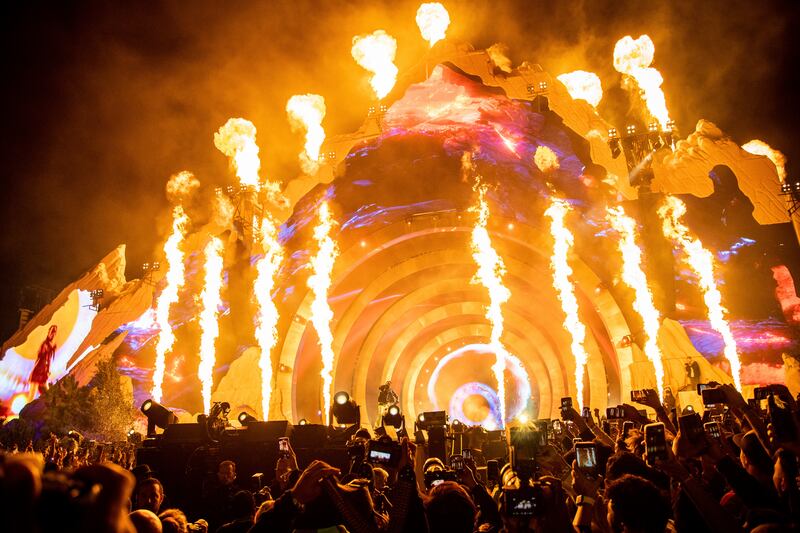A tragic Halloween crowd stampede killed 153 people in Seoul, South Korea, on Saturday and people are seeking to understand just how this happened.
Here’s what we know about crowd crushes.
How crowd crushes happen
Crowd crushes or surges happen as a domino effect, according to G. Keith Still, a crowd safety expert and professor of crowd science at University of Suffolk in England, The Washington Post reported.
“The whole crowd falls over as one, and if you’re in a confined space, people then can’t get up again,” Still said.
Survivors of the crowd surge in Seoul took to Twitter to recount what the experience felt like for them.
“I really felt like I would be crushed to death,” one person wrote in a tweet, per the Post. “And I breathed through a hole and cried and thought I am dying.”
The same Twitter user who was in attendance wrote in another post that people were, “falling like dominoes and screaming.”
There are other accounts of crowd crushes
PBS reported that crowd surges have happened in other places and occurred more commonly before the COVID-19 pandemic.
The Associated Press reported that the victims of the massive crowd surge during Travis Scott’s music festival, Astroworld, died from compression asphyxia last November.
A stampede during a hajj pilgrimage near Mecca, Saudi Arabia, killed 1,470 people in 2015.
Crowd surges like these often end up having high death counts due to the amount of people in the same area all trying to escape the situation.
“As people struggle to get up, arms and legs get twisted together. Blood supply starts to be reduced to the brain,” Still told NPR last year. “It takes 30 seconds before you lose consciousness, and around about six minutes, you’re into compressive or restrictive asphyxia. That’s a generally the attributed cause of death — not crushing, but suffocation.”
What happened in Seoul
The stampede began when a big group of partygoers began pushing people forward on a small street during the Halloween weekend celebrations, the Deseret News reported.
NPR reported that a worker at an Itaewon club told reporters that they saw the stampede begin. “We could hear some people in the crowd saying, ‘don’t push,’ but someone in the back said, ‘Hey, push! Push!’ And people started screaming, and the crowd poured in toward our club,” the worker said.
The worker, who did not want to be identified, said that even though minors are usually not allowed in, the club opened its doors in order to save as many lives as possible.
“But even after we did that, there were people collapsed at the entrance and some passed out,” he said. “We tried to rescue them but our club was at the end of the surge and there were already three or four layers of people piled on so we couldn’t.”


